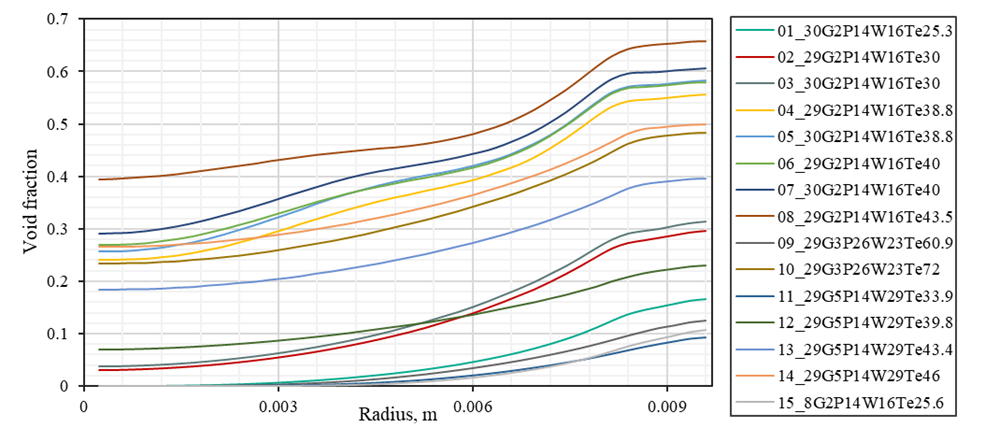LEI involvement in DEBORA benchmark

Lithuanian Energy Institute scientists have recently collaborated with colleagues from other countries in a research activity – DEBORA benchmark, organized by the NEPTUNE Project and supported by Commissariat à l'Énergie Atomique et aux Énergies Alternatives (CEA), Electricité de France (EdF), Framatome and Institut de Radioprotection et de Sûreté Nucléaire (IRSN). The DEBORA Experiment offers a reliable database on boiling phenomena in simple tube geometry. The DEBORA benchmark is an international programme that aims to find a more unified methodology for testing and validating Computational Multiphase Fluid Dynamics (CMFD) models. Seventeen organizations participated in the benchmark.
Benchmarking consisted of simulating experiments carried out in the DEBORA Experimental facility. These experiments provide a reliable database of measurements of local boiling phenomena in a simple vertical pipe with an electrically heated wall. The benchmark was divided into Phase I and II. Phase I consisted of open tests with 15 cases and Phase II was blind with 19 cases. The DEBORA benchmark was quite rich in test conditions. A few parameters characterize them: outlet pressure, wall heat flux, mass flow rate, and inlet temperature.
In addition to Phases I and II, several working groups were set up. One of them investigated user/code and mesh effects based on a simplified baseline model. The second focused on the sensitivity analysis of the wall heat partitioning parameters in the boiling flow simulations.
LEI took part in the benchmarking study. The simulations were carried out using the open-source OpenFOAM v8 toolkit. The results were compared with experimental data and the results of other participants. The model used showed good results with a void fraction less than 0.4. However, in cases where it was higher (up to 0.7 locally), the trend of the void fraction was not correctly estimated.
Overall, the wide variety of different experimental conditions and models used by all participants made the analysis challenging. More attention needs to be drawn to various aspects such as the applicability of the models to different void fractions, heat transfer models, reduction of bubble diameter in the flow core, etc. Therefore, a precise comparison and investigation of the results of the different CMFD model sets will be presented in a forthcoming joint publication.

Justina Jaseliūnaitė
LEI
Justina.jaseliunaite@lei.lt